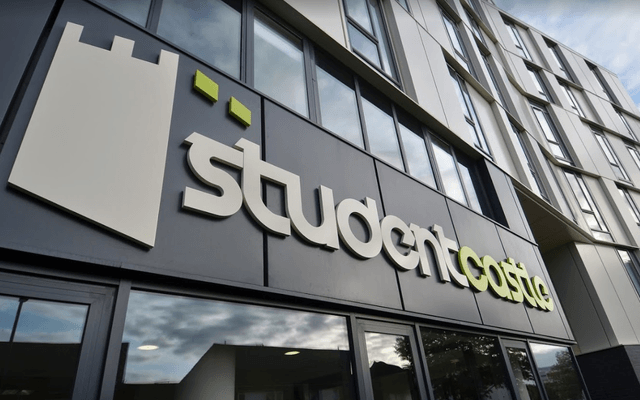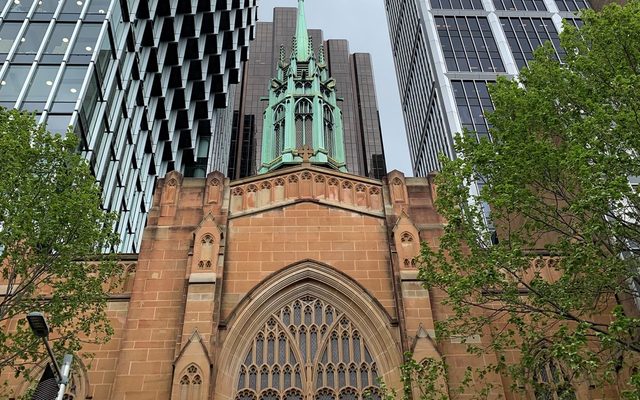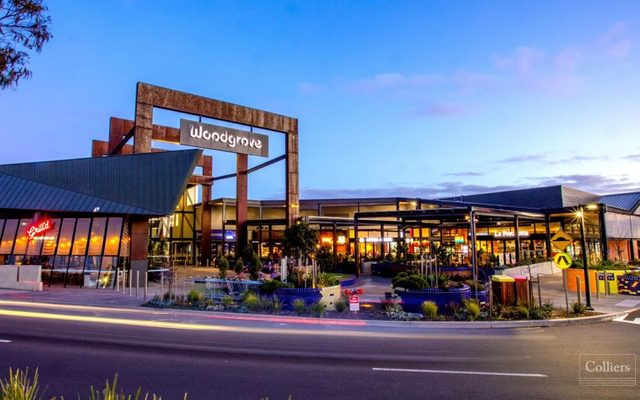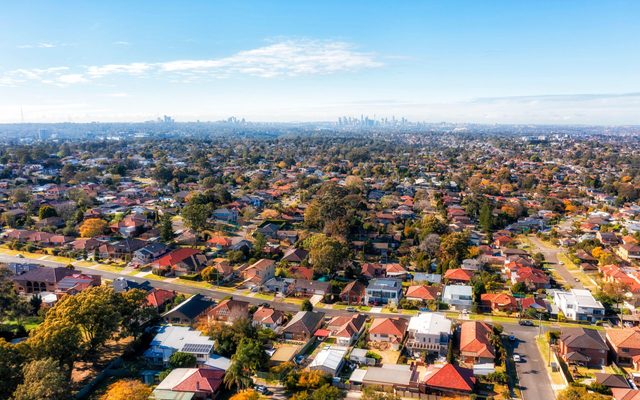This article is from the Australian Property Journal archive
ULTRA-low interest rates at home have seen Japanese investors trump buyers from North America, Hong Kong and Singapore to be the most active offshore capital in Australia’s property sector last year.
CBRE’s Australia Capital Flows report shows Japanese buyers snapped up just over $2 billion in Australian assets last year, well up on the $140 million invested in 2022.
North America was the next biggest source of offshore capital at $1.6 billion, down 17% year-on-year. It was followed in equal place by Hong Kong and Singapore at circa $1 billion. with Singaporean investment dropping 65% year-on-year.
European investment also declined significantly, totalling just $180 million.
“Ultra-low interest rates in Japan have given those investors a competitive advantage compared to other countries and Australian groups,” CBRE’s Australian head of capital markets research, Tom Broderick said.
The Bank of Japan kept the interest rate at -0.10% at its January meeting.
CBRE’s data shows Japanese investors were most active in the living and office sectors in 2023, with major investments including Mitsubishi Estate’s investment in Mirvac’s $1.8 billion build-to-rent venture and its joint purchase with Ashe Morgan of the 60 Margaret Street office tower in Sydney.
Japan’s largest homebuilder Daiwa House was another major player, teaming up with Lendlease to develop a $650 million build-to-rent tower at Lendlease’s Melbourne Quarter project.
Investment volumes fall
Total national investment volumes from domestic and offshore sources dropped by 31% year-on-year in 2023, to $24.1 billion..
Broderick said repricing in some sectors continued to limit deal flows. However, the living and hotels sectors saw 39% and 11% increases respectively, underpinned by strong investment fundamentals.
CBRE is forecasting deal activity to begin trending up this year before a resurgence in 2025.
“The outlook for interest rates in Australia has improved significantly in recent months, with the potential for multiple cuts in 2024. As such, we anticipate an acceleration of investment activity in the second half of this year,” CBRE’s Pacific head of capital markets Flint Davidson said.
ANZ economists noted that the Reserve Bank’s post-meeting statement this week, after it kept interest rates on hold, took a “step in a dovish direction”.
The industrial and logistics sector, which has outperformed since the beginning of COVID, recorded the highest deal flow of any sector in 2023 at $6.3 billion, despite a 13% decline.
A whopping 65% drop was seen in the office as a lack of consensus on fair value between buyers and vendors continued. Retail also saw a significant drop of 21% in 2023, however, Broderick said a lack of larger transactions appeared to be the main factor with private investors still active at the smaller end of the market.
Broderick also noted that higher return hurdles are pushing investors further up the risk curve.
Industrial and logistics still preferred
Australia-based investors have indicated that their preferred sector remains industrial and logistics in 2024, according to CBRE’s Investor Intentions Survey, with 35% of respondents naming it number one. Capital values have largely remained stable in that sector, with yield softening being offset by elevated rental growth.
Residential, driven by the growing build-to-rent sector and student accommodation, was second with 23%, while reasonable discounts to peak pricing in the office sector had 21% preferring it.
Retail was at 12%, and hotels and other below 5%.




